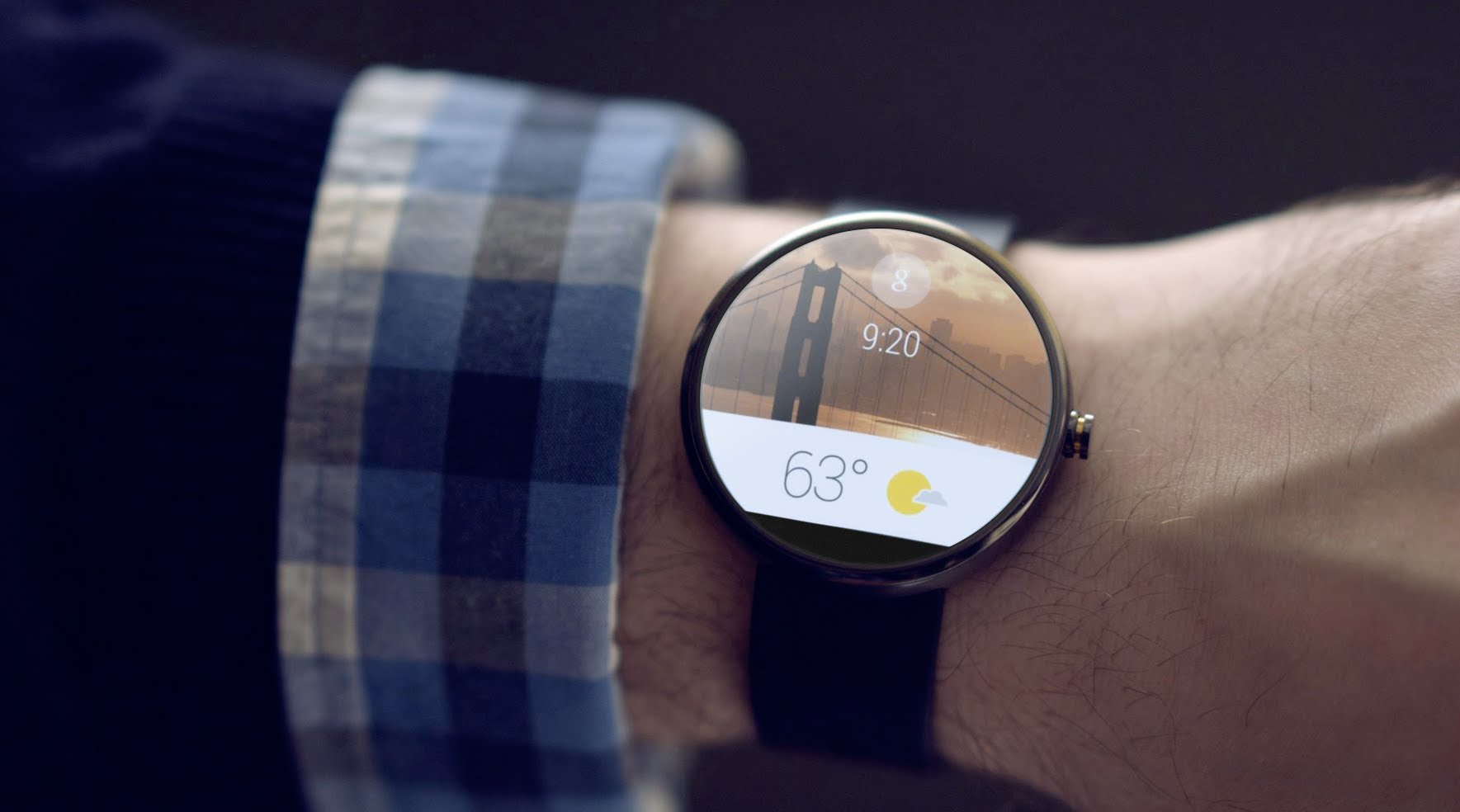
The wearables market has had a more rocky start than companies were hoping for. Alongside the usual issues involved with launching a new product category, such as ironing out the user experience and finding effective branding, one of the big hurdles is inventing a series of use-cases that makes people need a smartwatch.
Currently the device is mostly an extension of a smartphone that means that people can receive notifications without reaching into their pocket.
If it is to become a truly must-have product, it will have to find features and use-cases that are unique to the platform.
So as Google announces a range of updates to its Android Wear operating system, CBR compares them to what is available on the iOS and assesses what they bring to the smartwatch category.
1. New gestures
Overview: Android Wear is expanding its interface beyond the simple touch screen. These new gestures will be based on wrist movements including a push, lift or shake. Users can navigate through the ‘card’ stream, expand a card, bring up apps or return home to the watch face using these gestures.
How it compares: Although Apple doesn’t have a huge number of motion-sensitive commands currently on the Apple Watch, the ‘Raise’ gesture is key. It activates the watch face when the user lifts it up to look at it, meaning that it can save battery when idle.
Uniqueness to the smartwatch: Although many smartphones do have built in commands based on motions, a wrist flick is a far more intuitive gesture when something is strapped to your wrist.
2. Voice commands
Overview: While voice commands have been built into Android Wear since its inception, wearers will now be able to interact directly with apps using voice commands. The user has to say "Ok Google" and then namethe app and dictating the message. This function extends to Google Handouts, Nextplus, Telegram, Viber, WeChat and WhatsApp.
How it compares: Siri can be controlled through a range of voice commands, which affect things like settings and can allow voice or text interactions with a contacts list. However, it is not interoperable with other apps.
Uniqueness to the smartwatch: While this technology is equally applicable to a mobile phone, there’s no doubt that it increases the appeal of the platform by reducing its dependence on the mobile device.
3. Making calls
Overview: Speaker support will not allow the Android Wear user to make and take calls over Bluetooth via the companion phone. This is of course reliant on the watch in question having speaker support.
How it compares: Apple Watch owners can already make calls through the watch, so Android Wear is catching up to its rival here.
Uniqueness to the smartwatch: Again, this feature reduces the dependence of the smartwatch on its companion phone.






